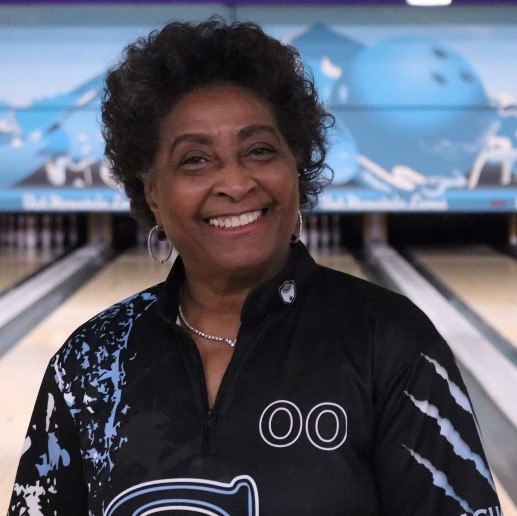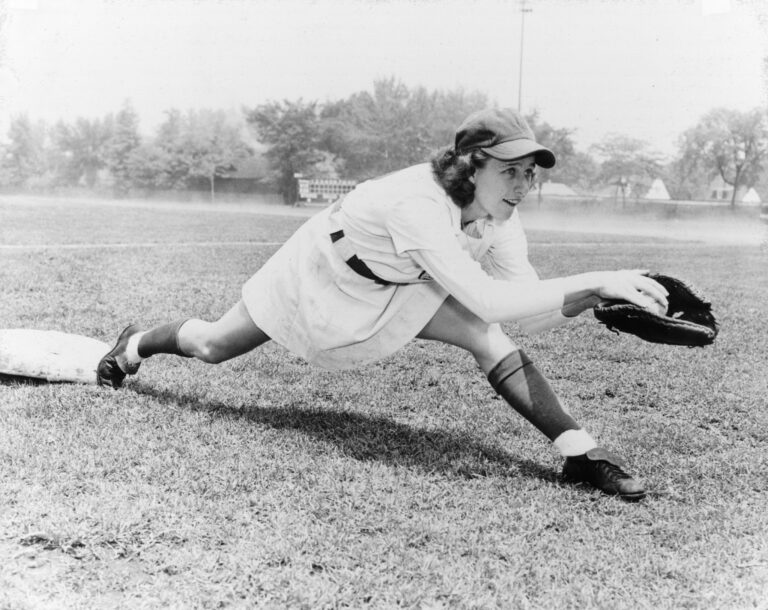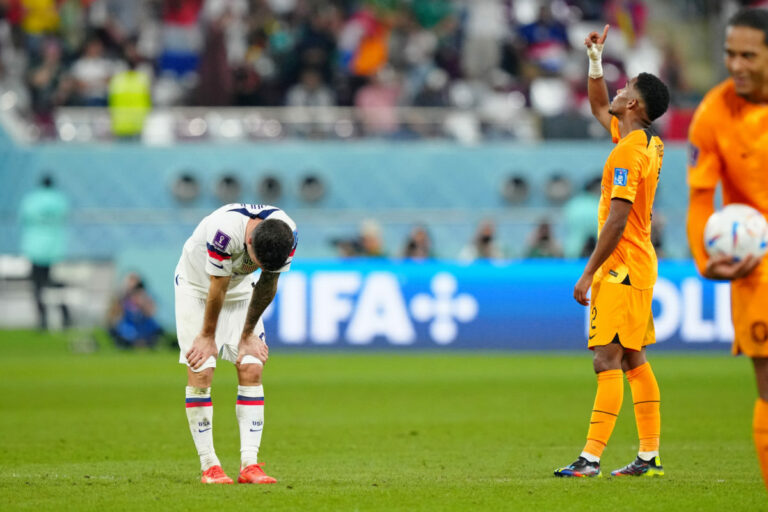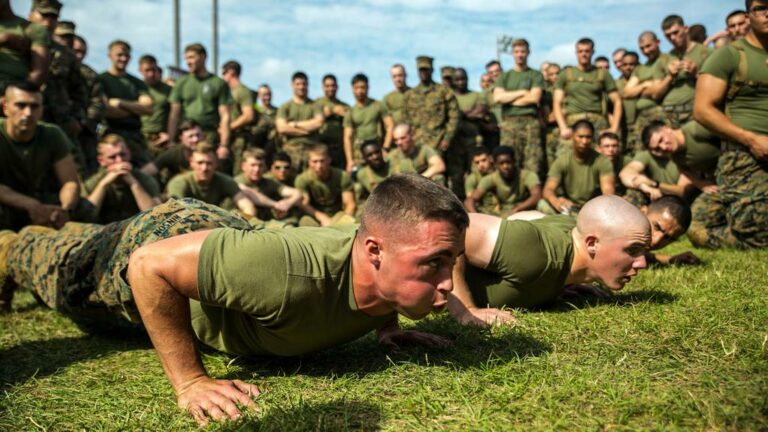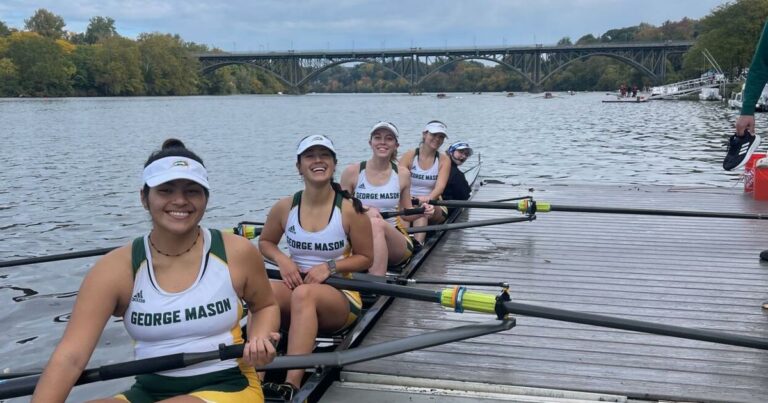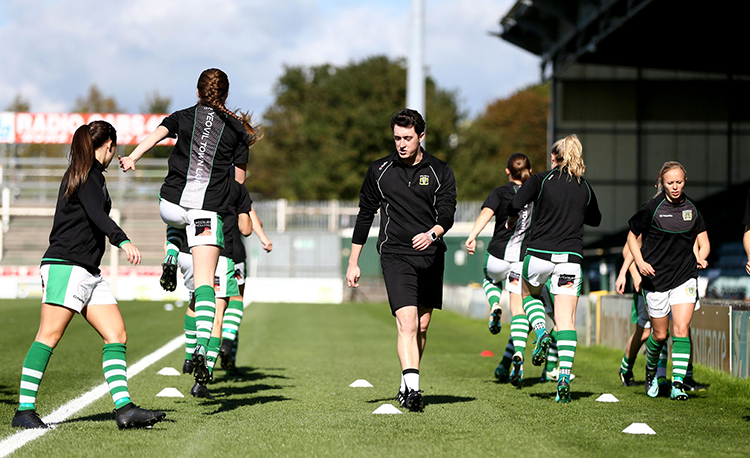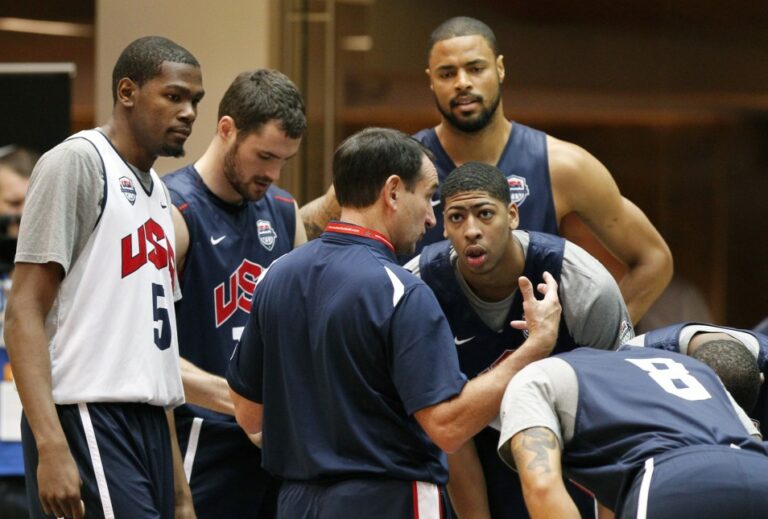Bowling is More than a Hobby for Lillian Singleton
By Dr. Katrina Wahlstrom |
Women’s stories in sport are often overlooked and undervalued. Although there have been some strides made for women in sport, women still face many barriers such as lack of resources, lower pay, limited media coverage, and discrimination in coaching and leadership positions. When we as women see another woman tearing down these barriers, we shouldn’t hesitate to lift those women up and encourage them to inspire others by sharing their journey. The journey of women in sport provides a resource that cannot be acquired from a classroom because they are as unique as the person that tells them. So, in celebration of Women’s History month, I wanted to provide a platform for a woman to share her story in sport, health, and fitness in hopes that it will inspire others to share their journeys too.
In January, I had the pleasure of sitting down with Spain Park High School volunteer bowling coach, Lillian Singleton. While many people think of bowling as just a hobby, some high schools around the country have embraced it as their varsity sport. The Alabama High School Athletic Association recognized bowling as an official high school sport in 2015, and Spain Park has been turning heads ever since. In the high school bowling world, Spain Park holds 3 state championships (2016, 2017, & 2022) in boys bowling, which makes it currently the winningest team for high school boys bowling in Alabama. While Coach Singleton has several wins under her belt, what also makes her stand out is that she is the first, black female high school bowling coach in the Birmingham area. So, not only is she able to provide her experience from a female perspective, but she brings her perspective as a black minority to the forefront.
On why Singleton became a bowling coach
“I learned about bowling from my late husband, Mr. Theodore Singleton. He was my guinea pig, when it came to bowling, really. I could observe him and help him improve his game by indicating the arrows he needed to roll the ball on. I felt like I could really help other people improve too. When I want to do something, I make it happen. So, we researched bowling coaching schools, and I started coaching classes in North Jersey at 10 Pin University. After completing the certification, I began coaching at Carolier Lanes in North Brunswick, NJ.”
On being a female coach in a male dominated field
“I started coaching in bowling leagues and league coaching wasn’t bad in that regard. When I started coaching at the high school level, there was a vast difference. The male coaches seemed to show more resentment and I felt that I wasn’t liked. When I attended meetings and my male counterpart wasn’t with me, I could feel people staring. It was like they were thinking, “what are you doing here?” I have even been heckled and badgered during tournaments. The boys I coach don’t tolerate the other coaches showing that type of behavior towards me. They have always stood up for me.”
On where she draws her inspiration and fortitude
“My drive and inspiration come from my father. When you know you are good at something, you know there will be people that are haters or that will try to stop you. Because I’m a black woman, I know I have to be strong. I’m going to make sure you really don’t like me because I’m going to strive to be the best. I take pride in strategy and competition. Even when my team is losing, I don’t lose hope. I calculate how much we are down in points and whether that win is in or out of reach. We just keep pushing. Even in losing, there is a lesson to be learned. If we lose, we know what we need to focus on when we are practicing and I reflect on anything I could have done from a strategy perspective that could have impacted the game.”
On how bowling has contributed to her health and sense of well-being
“Bowling keeps me busy and constantly thinking. When I’m coaching it really keeps my brain active. I’m not sitting the majority of the time; I’m up walking around and watching all my boys in action. Sometimes, I must physically show them what I mean with my own bowling ball, so it keeps me in shape and always moving.
On what other things she incorporates in her life to keep her healthy, active senior.
“I eat a lot of vegetables and that contributes to keeping me healthy and my system moving. I can feel a difference when I’m not eating enough vegetables. You have to know your body and give it what it is asking for. I go walking and riding my bike. I work in the yard when the weather is nice. Sometimes I challenge my grandkids and we run relays. I believe I surprise them with how quick I am in my old age. I let them win though. If I get beat, then I can say what do they expect from a 75-year-old.”
On what advice she has for other women that may be thinking of becoming a coach or those already in the field
“Okay, if they are in the field of coaching bowling and they haven’t gotten a certification, they should go get it. Because you are out there and supposed to be helping someone and telling them what to do, how do you know you are doing it correctly without that education? It teaches you that each person bowls their way and not your way. You can tell coaches that have never been to coaching school because they will try to teach them how they want them to bowl rather than enhancing the bowling style that the kid already has. Every person is unique, and a cookie cutter approach doesn’t bring the best out of an athlete.”
Dr. Katrina Wahlstrom is the chair of exercise science at the United States Sports Academy.
